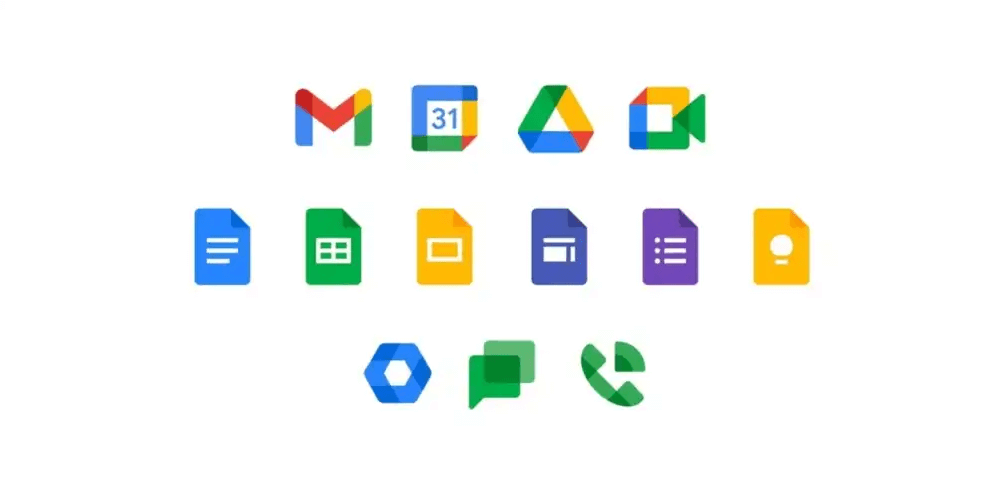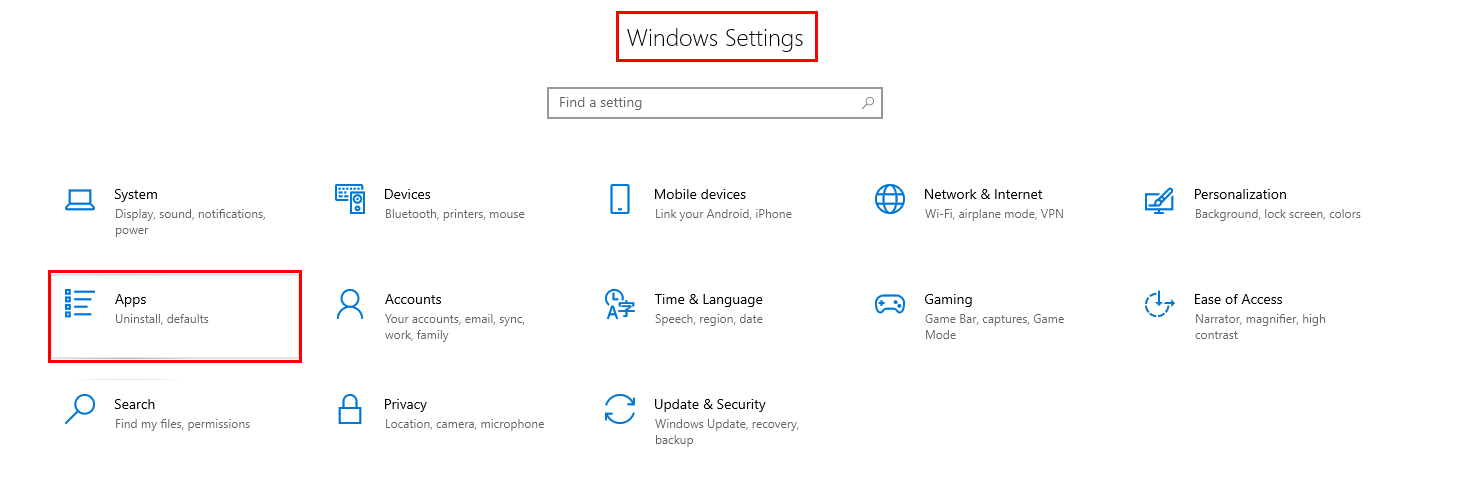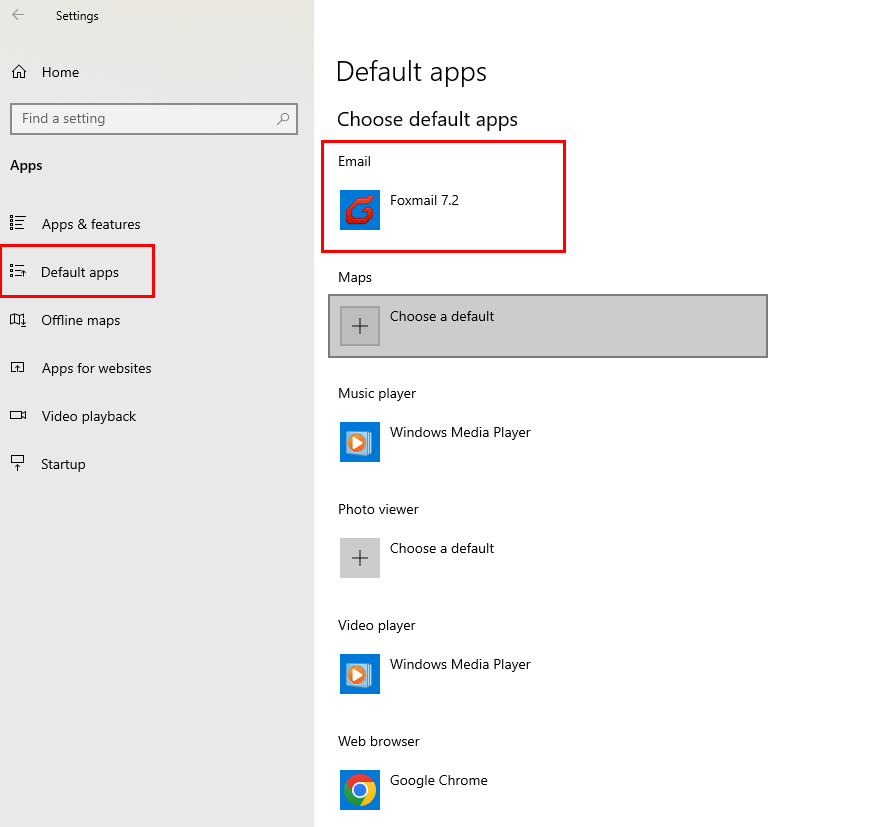This guide shows you how to make gmail as default email across various platforms. Learn how to use gmail as default email client for effortless emailing. We cover simple steps to set up Gmail on your PC and browser, making it your go-to choice for all email activities.

Gmail, a popular and widely used email service, offers several advantages that make it a compelling choice as your default email client. Here are some of the key benefits:

As we all know, the default email program in Windows computer is the Microsoft Mail app. To set Gmail as your default email client in Windows 10, just navigate through a few menus in the settings app and change the mail app. Here’s a step-by-step guide.
Step 1. Go to the "start" menu (the Windows icon in the bottom-left corner) and click on the gear icon to open "settings."
Step 2. On the Windows setting window, click on "Apps".

Step 3. Then navigate to the "Default apps" section.
Step 4. Find and click on the "Email" option. Select the Gmail from the drop-down list to set Gmail as the default mail app.

Making Gmail your default email client on a Mac is also an easy process: start the mail application, change the default browser, then navigate to your selected browser to finish the setup.
Step 1. Open the mail app, then select the "mail" menu. Click on "preferences" from the dropdown menu that appears.
Step 2. In the "genera" tab. Select the "default email reader" menu and click on "select" from the dropdown list.
Step 3. It will open a new window with a list of your Mac’s installed applications. Find your preferred browser from the list and click "select".
Step 1. Launch the Chrome browser on your PC.
Step 2. Click on the three vertical dots in the top right corner of the browser window.
Step 3. Choose "Settings" from the dropdown menu.
Step 4.Search for "Privacy and security" in the settings bar.
Step 5. Click on the "site settings" option. Then find "Additional permissions", then go to "Protocol handlers".
Step 6. In the Protocol handlers configuration page, Set the "Default behavior" to "Sites can ask to handle protocols" setting.
Step 7. Open your gmail in another browser tab.
Step 8. Click the Protocol Handler icon in your browser's address bar. If you don't see this icon and ensure the process of enabling of "Sites can ask to handle protocols" is completed, you can relaunch your Chrome.
Step 9. In the pop-up window, scroll down to the "Handlers" section and click the "Manage Handlers" button. Then select Gmail from the mailto dropdown, click "Done."
Step 1. Click the Firefox menu icon in the top-right corner of your desktop and choose "Settings".
Step 2. Go to "General" > "Files and Applications" > "mailto", click the down arrow and select "Use Gmail".
If Gmail is not opening as your default email client, despite following the steps above, here are some troubleshooting tips:
1. Verify that your Gmail account is configured correctly in the Mail settings. Ensure that the incoming and outgoing server settings are accurate and that your credentials are entered correctly.
2. Sometimes, a simple restart can resolve issues with default applications.
3. Ensure that your browser is up-to-date. Outdated browsers may not function correctly with Gmail or other applications.
4. If you have installed any third-party software that might interfere with default applications, try disabling it temporarily to see if it resolves the issue.
5. Search for specific troubleshooting guides or forums related to your operating system and browser for more in-depth assistance. You may find valuable information and solutions from other users who have encountered similar problems.
This article addresses the question “how to make Gmail as default email". If you’re considering backing up your Gmail, MultCloud can be extremely useful. Trusted by over 3 million users, MultCloud is a multi-cloud management tool that facilitates the transfer or synchronization of files between various cloud services.
For instance, you can save your Gmail emails as PDFs to your computer or cloud drives, such as Google Drive, OneDrive, or Dropbox, in bulk. MultCloud also enables you to access and manage all your cloud or Email accounts via a single application. Currently, it supports more than 30 different cloud services, including Google Drive, OneDrive, Dropbox, Box, Google Photos, iCloud Photos, FTP, WebDav, and more.